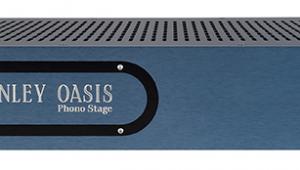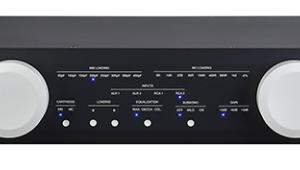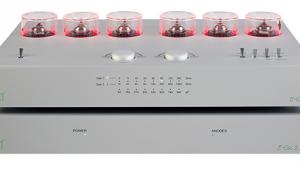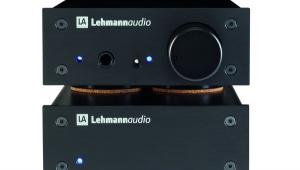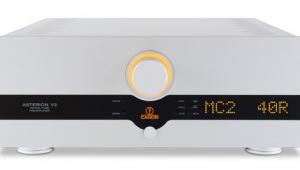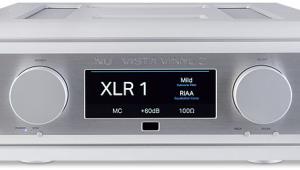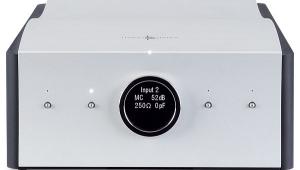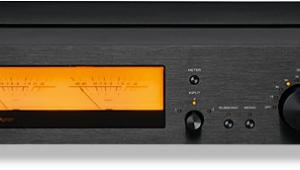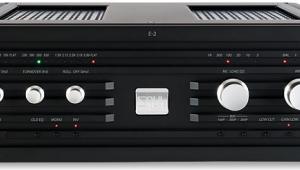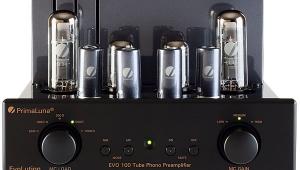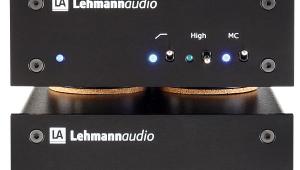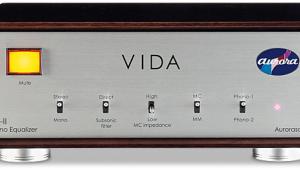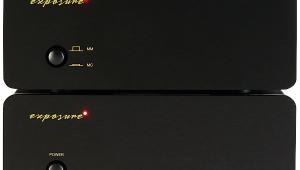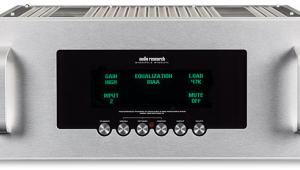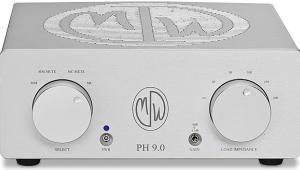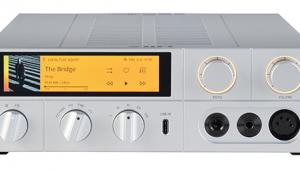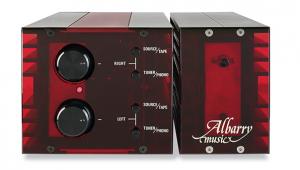Nagra Classic Phono Phono Preamplifier
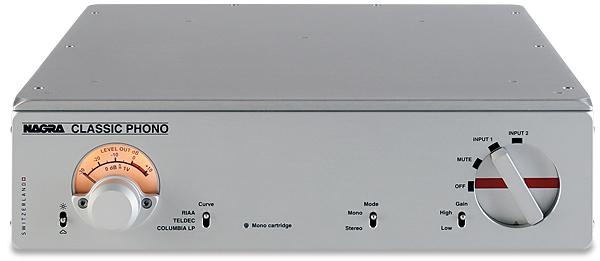
 Replacing the longstanding VPS, Nagra's Classic Phono is not only significantly more flexible but its technical and sonic performance also marks an equally significant uplift
Replacing the longstanding VPS, Nagra's Classic Phono is not only significantly more flexible but its technical and sonic performance also marks an equally significant uplift
Acelebratory cake is in order. Swiss high-end manufacturer Nagra turned 70 last year, and its birthday present to itself is something of a first for the company. That's for another time, but I'm not giving too much away by saying that, when it arrives, it will make the perfect partner to the item under review here – the £17,000 Classic Phono MM/MC phono stage.
Nagra only moved into hi-fi separates in 1997 and its first product was the PL-P. Not only was this a preamplifier of great repute, plus a highly capable headphone amplifier, it also featured a very well specified MM/MC phono stage. This was superseded by the VPS dedicated phono stage in 2007 [HFN May '13], itself now replaced by the Classic Phono. Actually, 'replaced' is too tame a word. Nagra's VPS was, in its base specification, a single-input MC phono stage without switchable gain, while this fully-featured phono stage feels like an entirely new product.
Return To Triodes
External changes from the VPS include a welcome re-appearance of Nagra's 'Modulometer', but it's the internal alterations that are more extensive, with the Classic Phono reverting to a pure tube circuit, rather than the hybrid valve/transistor design of the VPS. Inside, ECC81 and ECC83 triodes are used in the initial amplification section, plus a pair of E88CCs in the output stage. For the MC stage a pair of in-house wound transformers, based on the same cores as those used in the HD PREAMP [HFN Nov '18] and HD DAC X, add an initial +16dB gain.
The aforementioned Modulometer is a two-in-one level meter with separate needles for each channel. It is calibrated to indicate an output of 1V at the '0dB' mark and assists greatly in obtaining the correct gain settings for your cartridge. Softly illuminated, its brightness can be set in seven steps using a toggle switch quaintly labelled with symbols of a sun and a cloud. Next to this is a three-position eq selector that accommodates conventional RIAA LPs, plus legacy Teldec and Columbia 'curves'.
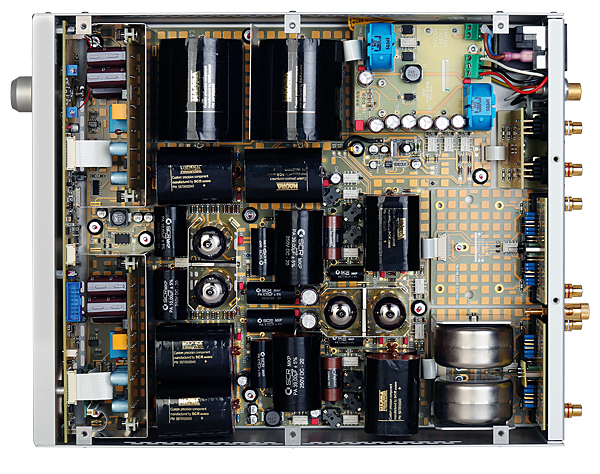
Also new on the Classic Phono is the ability to switch the output to mono, but, confusingly, this is not indicated by the nearby 'mono' lamp on the front panel. Instead, this confirms that the selected input has been configured for a mono cartridge by an internal switch on the relevant cartridge board. The lamp also flashes on first power-up until the unit has attained its stable operating condition.
Front-panel controls are completed by a main rotary with positions for standby, mute and the unit's two inputs. Finally, a low/high gain switch operates on both inputs, giving nominal gain figures of +38dB or +48dB for MM and +54dB or +64dB for MC, respectively.
All this seems straightforward, until you spot the accessory box and Allen key – the Classic Phono has a considerable selection of internal options that are not hinted at by the front panel. Some fairly invasive surgery is needed to set these, so unless you are comfortable removing the top cover and carrying out fiddly internal operations, leave this to your dealer. Still, on the bright side, there's not a DIP switch in sight.
Under The Bonnet
As supplied, the Classic Phono's Input 1 is configured for MC operation and Input 2 for MM, but MM or MC modules can be obtained separately and swapped in as desired. Both MM and MC sections have six PCB jumpers, located on a loading board that can be unplugged and removed for easier adjustment. Jumper 1 selects asymmetrical or symmetrical input, which allows pseudo-balanced operation through the input phono sockets. Number 2 puts the optional plug-in loading modules in or out of circuit and the third and fourth jumpers select MM or MC operation. Number 5 allows the internal MC transformers to be bypassed. Lastly, number 6 adds a 47kohm load onto the valve grid and (as mentioned earlier) a switch to select mono or stereo operation for that cartridge module.
Six loading modules are supplied with the unit. Five confer impedances of 100, 180, 270, 470ohm and 1kohm on the MC input, and the sixth adds 100pF of capacitance to the MM input. In addition, Nagra offers three further optional custom load circuits for a limited time after purchase.

